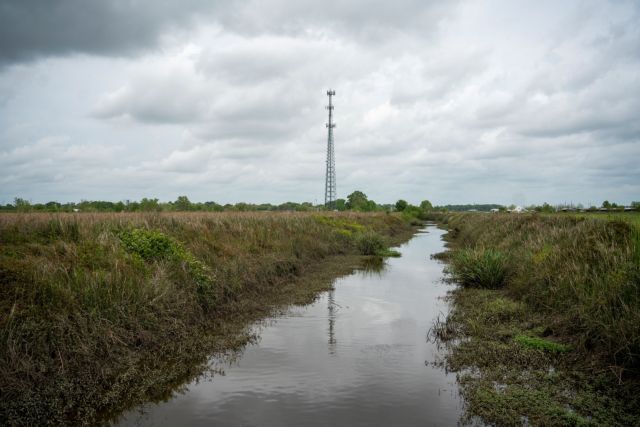
The first North Aegean Regional Climate Change Adaptation Plan is a general text, without an in-depth analysis of the sectoral policies and measures to be adopted. The plan has received environmental approval from the Ministries of Environment and Infrastructure. A few days ago, the relevant Joint Ministerial Decision (JMD) was published – after an evaluation of the Strategic Environmental Impact Assessment (SEA) – which gives the “green light” to the Plan that describes in detail the man-made and natural environment of the North Aegean islands, environmental problems and climate change that may occur due to the climate crisis and examines how climate change will affect important productive sectors of the region (tourism, agriculture, fisheries, energy, etc.), the built environment and its natural wealth .
Deficiencies
However, the measures proposed are general, without specifying specific areas (with a few exceptions), for which detailed measures are proposed for land use, arbitrary construction, etc. In any case, for land use in the North Aegean islands it is proposed to give priority to the preservation of the integrity of coastal ecosystems and landscapes and the geomorphology of coastal zones. For this purpose, the design and development of protection zones between the coastal and the residential development zone and the discouragement of residential and business development in coastal areas that face serious risks of erosion, as well as the prohibition of land uses (where necessary) in specific coastal areas are considered important. endangered areas.
In addition, if climate change adaptation necessitates the abandonment of immediately endangered coastal areas, and the relocation of buildings and facilities to safer and higher locations, such changes (potential changes of use and activities and updating) should be considered. In this case, for the new location of the various activities of the primary, secondary and tertiary sector but also other polluting activities, the definition of protection zones of water intake works for drinking water pumping should be taken into account.
It is also proposed to develop a long-term strategy for the renovation of publicly owned buildings and a roadmap with measures and measurable progress indicators, to reduce greenhouse gas emissions, in order to achieve a high-energy building stock and to facilitate the conversion of economically efficient buildings. with almost zero energy consumption. After recording the building stock and identifying the priority areas, the most energy-intensive existing public buildings will be identified, whose energy upgrade should be combined with their renovation needs.
In Lesvos
However, in the environmental approval of the North Aegean region, special reference is made to the river Tsiknia of Lesvos. In particular, it is pointed out to correct the proposed flood protection project for the construction of Tsiknia dam (a water supply project), before the approval of the Plan. It is proposed to correlate the proposed diversion of the Acheron stream to Tsiknias with the forecasts of the Tsiknia dam study, and the possible increase of the probability of flood in the area of Skala Kalloni. In the context of the implementation of the project, special attention should be paid due to the existence of the necropolis of the ancient city of Arisvi. For this reason, the relevant studies should be submitted, among others, to the Ephorate of Antiquities of Lesvos.
The delimitation of the watercourses should be done in such a way that it does not require settlement with coverage of their parts, or intense interventions, which imply their serious environmental degradation, such as lining their cross section with concrete, alignment of extended sections (elimination) etc. . It is also proposed to establish a protection zone of streams 50 meters wide from the shores and on both sides, in all streams that cross the Natura 2000 area.
Tourism
For tourism, among other things, the modernization of existing very small, small and medium tourism enterprises in the North Aegean Region is proposed, with emphasis on energy and upgrading of buildings in order to adapt them to climate change and improve the thermal conditions in the environment. In addition, guidelines for measures for the proper management of water and forests, the protection of biodiversity and wetlands, ensuring the stability of electricity, the protection of cultural heritage sites, flood risk management, landslides and erosion, transport, etc. are proposed. In general, within the framework of the Plan, operation of national defense service facilities in any of its areas or zones.
Ten inhabited islands belong to the North Aegean Region, of which five are large in area (Lesvos, Chios, Samos, Lemnos, Ikaria) and five smaller ones (Agios Efstratios, Oinousses, Psara, Fourni, Thymaina) as well as many uninhabited islands and number of islets. The environmental approval of the Regional Plan for Adaptation to Climate Change of the North Aegean – is expected to follow in the next period and the approvals for the remaining 12 Regions.
It is noteworthy that the European Commission had approved the EU strategy on Adaptation to Climate Change in April 2013. In 2015, the text of the National Strategy for Adaptation to Climate Change (NCSR) was put to public consultation. In 2016, it was approved while the procedures for the preparation and approval of PESPKA were also institutionalized. A year later, their content was specialized by ministerial decision and they began to be prepared.
Latest News

Greek PM Mitsotakis Says Fight Against Inflation Ongoing
The Premier made statement during a visit an an open vegetable market

Unpaid Taxes in Greece Reach 1.539bln Euros
As the figures revealed the number of debtors totaled 3,878,712 individuals and legal entities.

ELSTAT: Greek Primary Surplus Reaches 1.9% of GDP in 2023
Greek debt saw a slight dip to 356.7 billion euros by the end of 2023, down from 356.8 billion euros a year prior
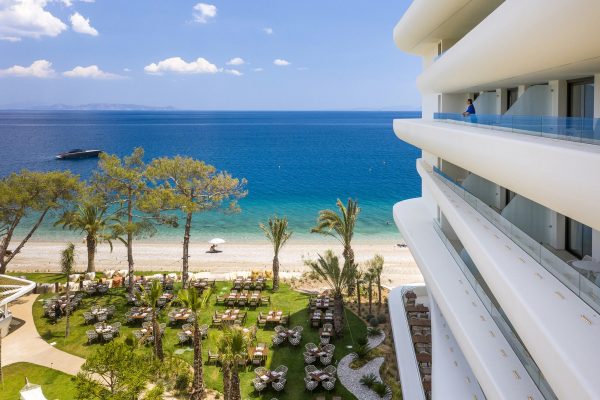
Study: Greece in Top 5 Hotel Investments in Europe
As previously reported by OT, more than 60 hotel projects are set to be developed in Greece over the next four years

GEOAXIS Report: Office Rents Surge by 40% in Ten-Year Span
Geoaxis estimates that the different dynamics in the office market will continue into 2024/2025, predicting stability for older offices, increased demand for renovated spaces, and a slowdown in the rise of rents for modern, green offices

Greece: ‘Godparents’ Basket’ Debuts Today
As part of the program, Greek retailers are obliged to identify the lowest prices of certain categories of products traditionally purchased as Easter gifts by godparents for their godchildren between April 22 until May 4

Brain Waste in Greece: 22.74% of Migrants Overqualified for Jobs
Almost half of all college-educated migrants in Europe are overqualified for their jobs and twice as likely as natives to be unemployed, according to Lighthouse Reports

AB Vassilopoulos Supermarket Vies for 2nd Place in Greek Market
AB Vassilopoulos hopes its focus on its private label, addition of 2-3 company supermarkets and another 50 franchises will help it surpass LIDL

Greek Youth Struggle Amidst Low Wages and Soaring Expenses
Furthermore, 52.7% of respondents attribute Greece's current significant issues to governmental failure, while another 49.1% anticipate continued economic hardship in the nation's future

S&P Raises Greece Outlook to ‘Positive’; Rating Unchanged
The same international ratings agency in October 2023 raised the country’s creditworthiness to BBB- with a stable outlook






![Φυσικό αέριο: Γιατί είναι δύσκολη η απεξάρτηση από τη Ρωσία – Τα εμπόδια [Χάρτης]](https://www.ot.gr/wp-content/uploads/2022/07/gas-1-1-90x90.jpg)














![Αυτοκινητόδρομος Ε65: Στην κυκλοφορία σήμερα και τα 136 χλμ. Λαμίας – Τρικάλων [χάρτης]](https://www.ot.gr/wp-content/uploads/2024/04/1-5-90x90.jpg)







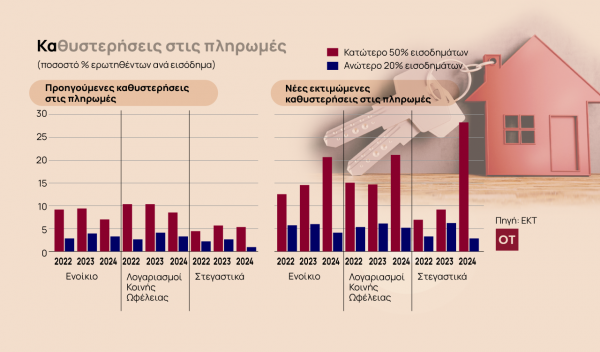







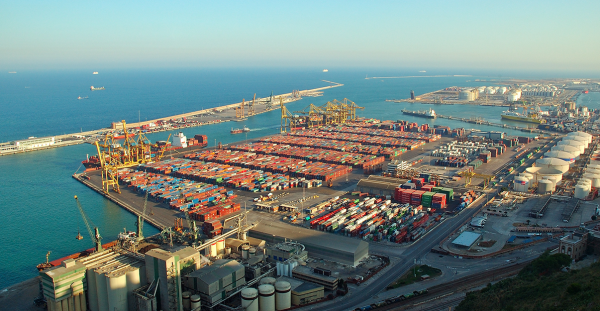


![Αυτοκινητόδρομος Ε65: Στην κυκλοφορία σήμερα και τα 136 χλμ. Λαμίας – Τρικάλων [χάρτης]](https://www.ot.gr/wp-content/uploads/2024/04/1-5-600x338.jpg)
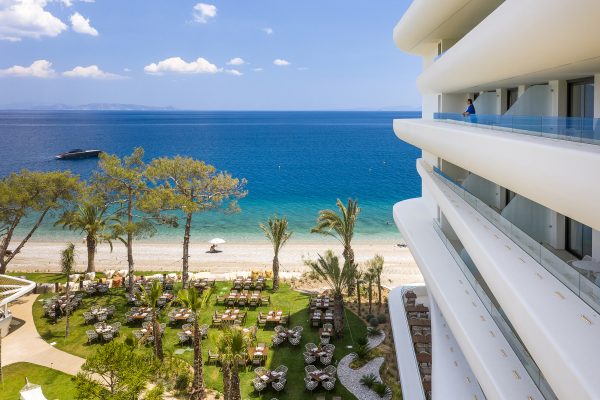


 Αριθμός Πιστοποίησης Μ.Η.Τ.232433
Αριθμός Πιστοποίησης Μ.Η.Τ.232433